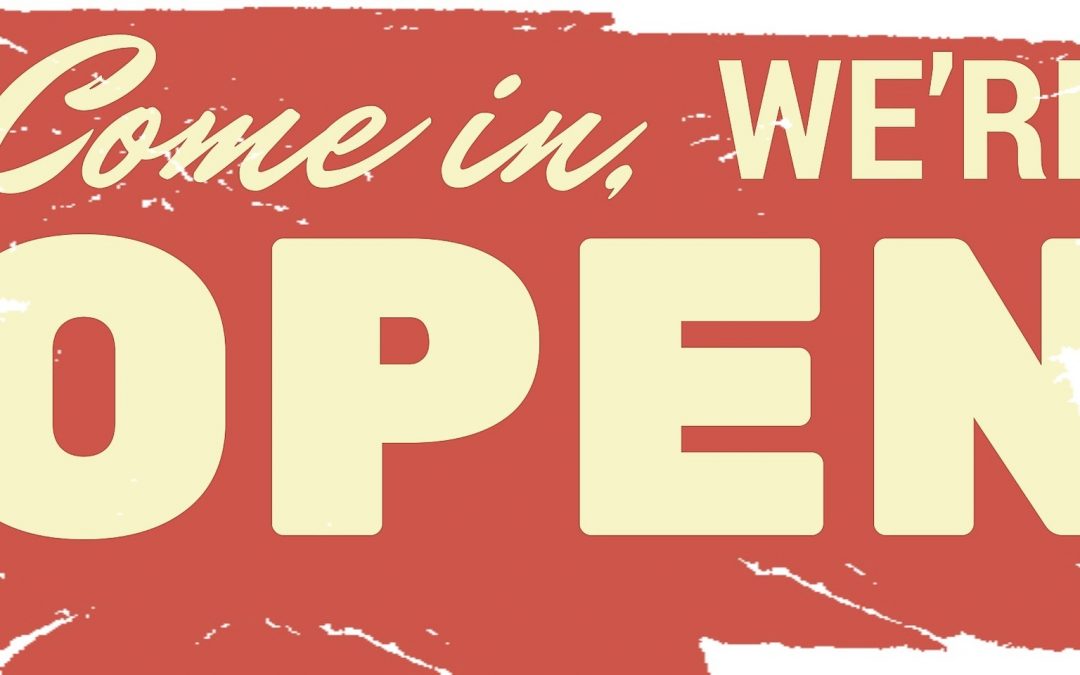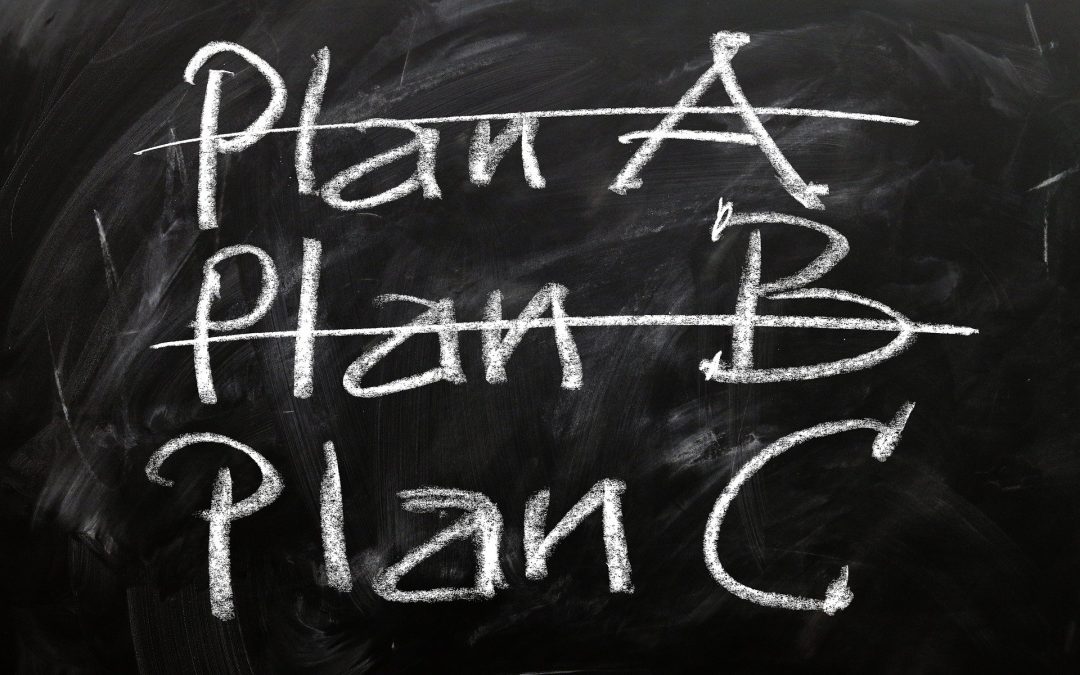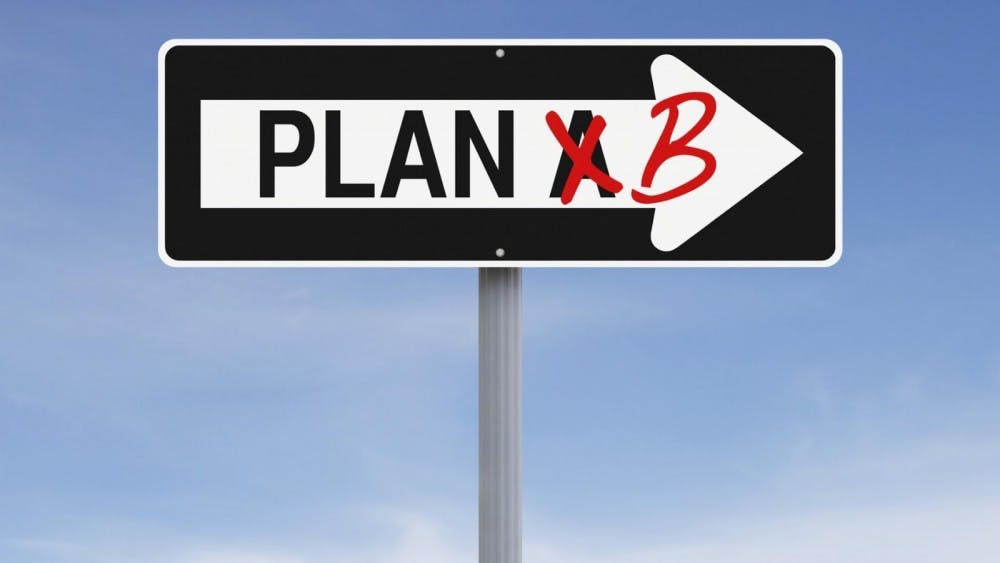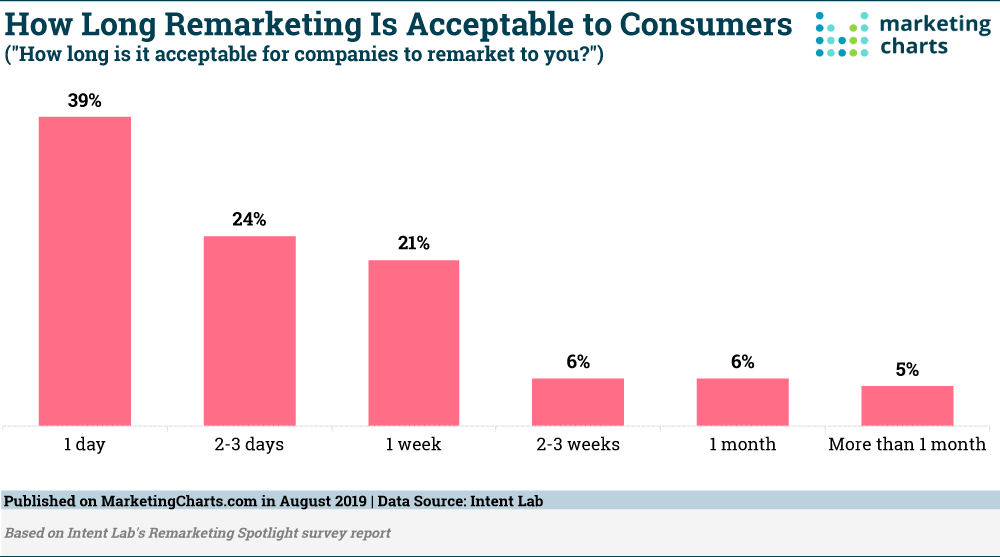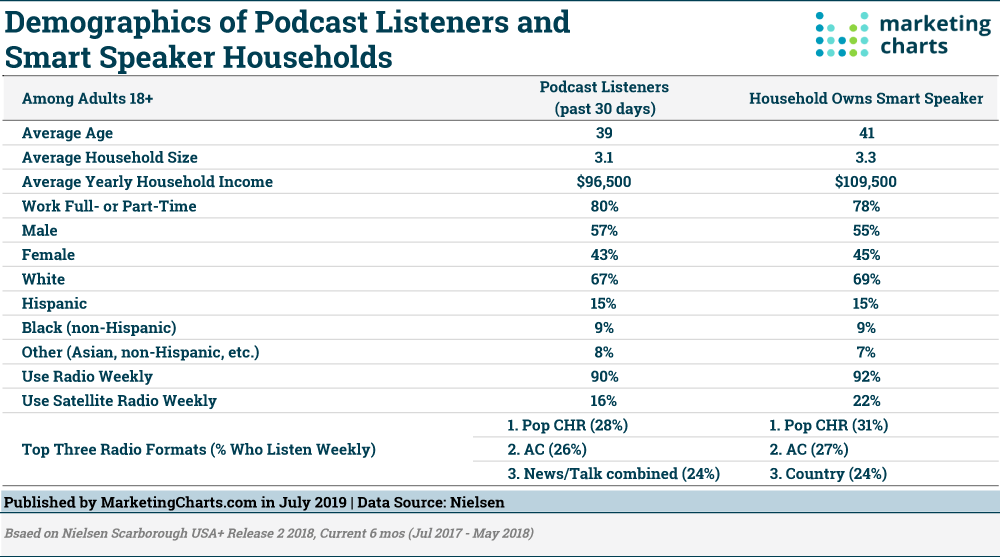If what you are doing is working for you, fantastic and congratulations.
I want to know more about your story of success.
Sometime in our conversation I also want to know, “What is your Plan B?”
For those of you who answer, “What do you mean, I don’t need a Plan B, I’m a success!” You might want to listen up.
Some of you are a success and you don’t even have a Plan A. Things just fell into place. It was a combination of hard work, luck, and timing that put you and your company on the success track you are enjoying right now.
Honestly, that is how most companies start out. Some trial and error and sticking with the stuff that works while you set aside the stuff that didn’t work. It’s okay that you didn’t have a gameplan, blueprint or what ever you want to call it, you made it work.
The reality is that one day, the economic forces that are in place now will change and unless you adapt, your success can become a failure.
Take some time now to document what enabled you to grow and succeed. Include the stuff that didn’t work out as well as the stuff that did. This exercise is what I call creating your Plan A with hindsight.
The reasons for creating this are multiple.
First off, for your own sake, you will probably discover that some of the trial and errors from your earlier days that resulted in discarded ideas… those ideas may have been premature. Perhaps you had a concept that wasn’t feasible at the time, but with advances in technology or consumer behavior changes or some other factor, those ideas might be worth revisiting in the future.
Next, it’s important to preserve some of the history for future generations. There’s a theory about the 3rd generation of a family business that I’ve seen happen multiple times. Here’s how it goes:
The first generation, the ones that started with nothing and worked their tails off day and night to create a successful business are the ones that pass that work ethic and understanding of what it takes to the second generation.
The second generation grew up in the business, they were there when their parents were putting in the work and as kids, they too were involved in the business perhaps mopping the floors or sorting papers or something and then as they got older they took on more and more responsibilities in the family business. The 2nd generation didn’t suffer through the hardships of the 1st generation in the same way because they were still kids and not yet adults. But the second generation did see the efforts and actions of their parents first hand and sought to preserve those winning principles when they took over the business.
The third generation, well sorry but they are the ones that are likely to ruin the company if it has survived this long. Third generation is the grandkids of the founders of the company. They are the ones whose lives and lifestyle are the result of the hard work of their parents and grandparents who wanted to create a better life for their kids.
Third generation business owners are not aware of the work that created the wealth and prosperity that they grew up with and so their attitude is not the same as their grandparents 50 years previous. The first generation may have had to put in 100 hours every week into trying to stay afloat at first, while the third generation may be trying to live the 4 hour work week lifestyle. Sometimes the third generation will attempt to make improvements in the company and end up harming the company because they don’t understand the big picture of how it became a success. For them, the family business was always a success.
What I just described is not true of all businesses that last through multiple generations, but I have seen it way too often. By writing down your Plan A in hindsight, you have created something that can help future generations.
If your business is less than 15 years old or less than 20 years old, your business hasn’t had to weather the economic changes that are beyond your control. If you are a success now, in times of economic growth, you are living your Plan A. One day, you will need a Plan B because the economic factors will change.
When I returned to the radio advertising business in 2003, we were 5 years away from the 2008 recession that upended our country in so many ways. We saw companies lay off staff, we saw people lose their homes, we saw job opportunities disappear. I saw businesses fold because they didn’t have a Plan B.
Fortunately the company I worked for at the time already put their Plan B into action a couple years before the economy went downhill. We reorganized our team and work in 2006 so when 2008 came we didn’t have any lay offs, we actually grew.
That’s the other reason to have a Plan B now. There are probably some aspects of your business that you would need to take a hard look at their worth and value to your company if you were faced with a downturn. When you have a Plan B in place, you can actually start implementing it now instead of waiting.
A few more random items in support of having a Plan B:
Between 30% and 50% of the new jobs available in the year 2030, don’t even exist today. This is due in part to the rapid advances in technology and that impacts all of us.
The population shift as the largest generation, the Baby Boomers leave the workforce. Many are living 20 or more years beyond retirement. How many are retiring? 10,000 a day. Do the math on that and we see up over 3 and a half million people leaving the workforce each year which over by 2030 ads up to around 35 million Baby Boomers that are working right now, that will no longer be in the workforce. The number of people entering the workforce is less than those leaving so changes will occur and that will have an impact for your business to consider when creating your Plan B.
Let me wrap this up with a bit of insight I observed from the 2008 recession. Companies that aren’t prepared will look for ways to save money by cutting costs and often they cut the wrong things. Advertising and Marketing is the wrong thing to cut. Those companies that cut their ad budgets stopped inviting people to spend money with them and eventually went out of business because they had no customers. Those that had a Plan B and continued to invest in advertising and marketing, reaped the rewards. Advertising and marketing was a required part of their Plan B.
What are you going to do? Are you prepared to create your Plan B? Do you need insight from someone who has guided others? Let’s talk. Contact me.
